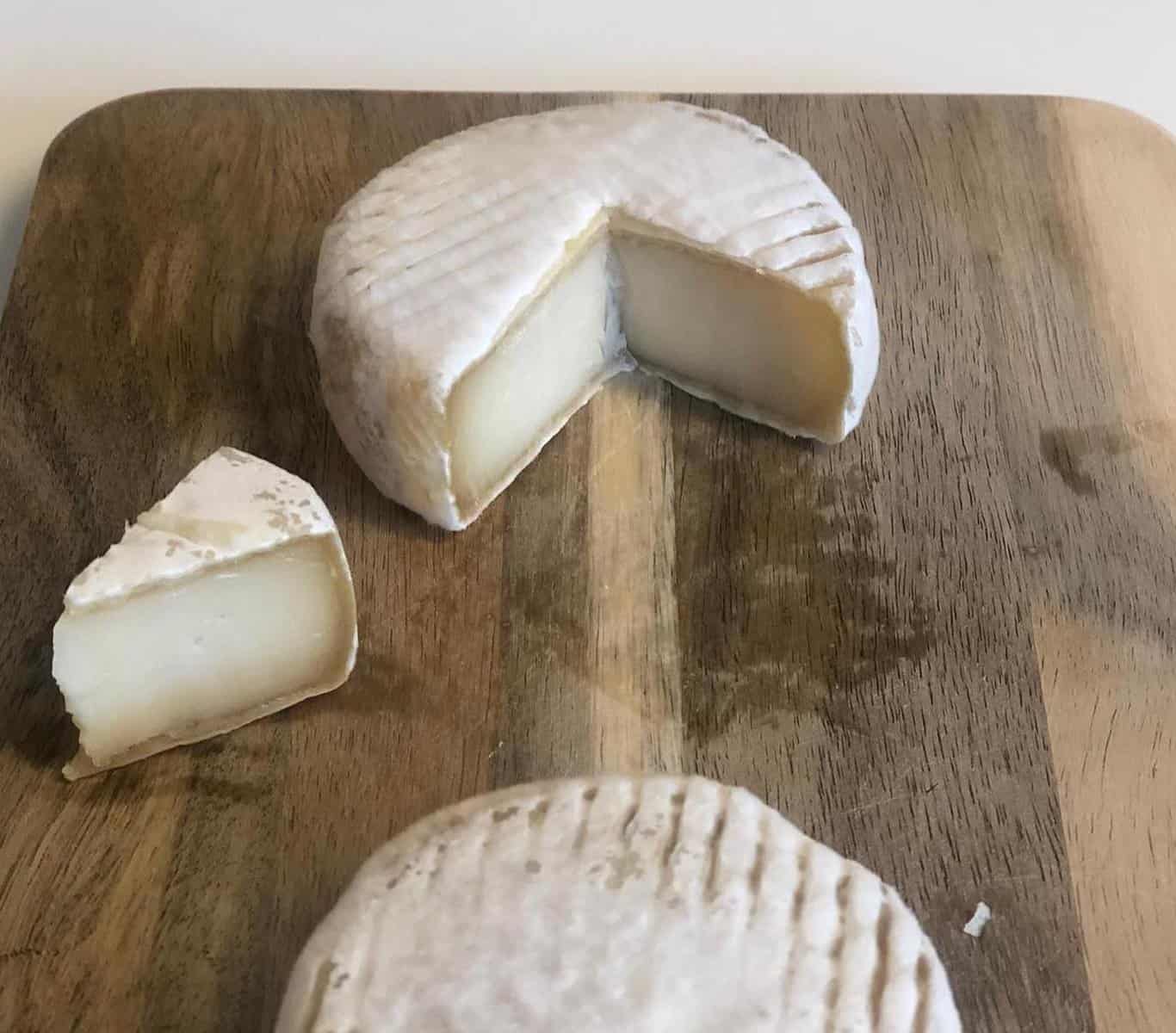In this guest post, Evandro Oliveira de Souza, Senior Global Business Unit Cheese Director at DSM, provides his unique insight into the vegan cheese category, discussing its challenges and how to overcome them.
Plant-based milk and meat alternatives have proven widely popular around the world, but plant-based cheese has yet to enjoy widespread, global appeal because formulation challenges have prevented brands from achieving the full sensory experience consumers desire. While flexible consumers may want the ‘real deal’, plant-based cheese alternatives need to accurately mimic the robust, complex flavors and distinct, comforting textures that make cheese a classic comfort food.
A flexible future
The global market for plant-based dairy alternatives will reach a significant EUR 18 billion in 2022.[1] Up-and-coming categories like vegan cheese are contributing to the growth of this segment.[2]

While the historical concept may have been a niche product for those who require a vegetarian or lactose-free diet, demand for products such as plant-based cheeses is increasingly coming from people who have adopted flexible diets, as opposed to completely cutting out traditional dairy products. . Simply put, the driving force behind the current rise of plant-based dairy alternatives is consumers who want to enjoy plant-based and dairy products side by side.
“Consumers want to add more like-for-like dairy options to their diet”
About 30% of consumers in major markets identify as flexible[3] And 48% of global consumers have decided to moderate their dairy consumption.[4] Consumers want to add more choice options like dairy to their diet for a variety of reasons. These include the perception that plant-based products are good for the environment and a general curiosity to try new products on the market.

Challenges of plant-based products
The growth potential in the plant-based cheese segment is clear. However, the path to increasing the use of these alternatives has not always been straightforward.
Consumers expect plant-based counterparts to reflect the same authentic flavor and texture that traditional cheeses are so familiar with. Consumers want plant-based cheeses that can be substituted directly into familiar recipes and will behave like regular dairy-based products. This has proven challenging before.
Historically, traditional cheeses have lacked the distinctive creaminess and umami flavor that traditional cheeses provide, and many products also suffer from vegetable or bean off-flavors. Consumers also noted problems with poor mouthfeel — both in firm, crumbly products that have the characteristic “bite” of dairy cheese or in pizza toppings or sauces that tend to melt and expand.

New solutions for a new way of eating
DSM is helping manufacturers create the next generation of plant-based cheeses. This is thanks to new innovations in plant-based cheese alternatives that are enabling more authentic creations that will entice more consumers to add plant-based cheese to their diet.
First – taste is king for consumers. Manufacturers need to create authentic cheese aromas from the first smell and the intense and unique milky taste to the last bite. The good news is, flavor complexity can be stratified through a series of three steps. To begin with, masking agents are used to cover any off-notes that might overwhelm the flavor of traditional cheeses and are a common feature in popular plant-based cheese bases. Next, the yeast extract forms the basis of the savory notes. Once the savory base flavor is complete, specific plant-based lactic and cheesy top notes complete the desired strong, complex, dairy flavor. Together, these yeast extracts, masking agents and dairy notes give the product a signature savory flavor profile and dairy aroma – meaning less salt is needed in the formulation.

The next consideration for builders is texture. This is where gellan gum, hydrocolloids, pectins and blends can shine. The functional properties of gellan gum help producers achieve desired textures such as the flexibility and slicability of young gouda, for example. Following texture, the nutritional value of plant-based cheeses is a growing consumer priority.
Although cheese is considered a comfort food rather than a health food, it’s worth noting that plant-based alternatives often lack the same levels of vitamins, minerals and protein as dairy-based cheese. Nutrient premix blends of vitamins and minerals help bridge the gap, allowing producers to include vitamins A, B2 and B12 as well as micronutrients such as calcium, iodine, selenium and zinc – all nutrients that consumers expect to find in traditional dairy products.
And finally, cheese begins to create that distinct experience the way the product appears on the supermarket shelf. Beta-carotene solutions can add an authentic color to plant-based cheeses and reproduce a variety of colors from yellow to orange depending on the type of cheese extract.

